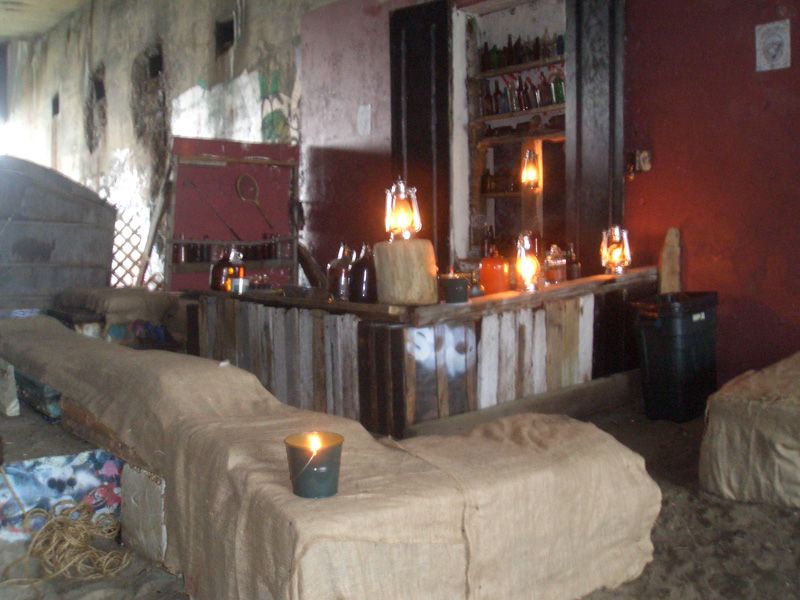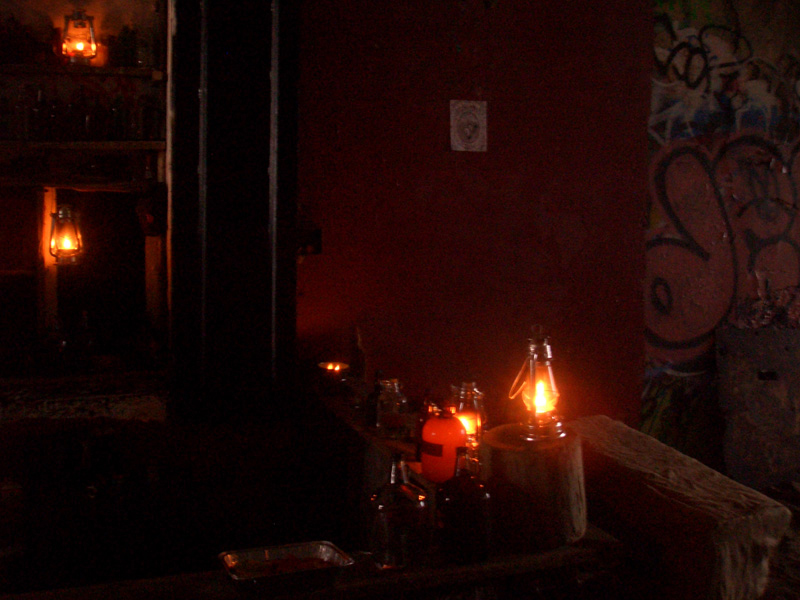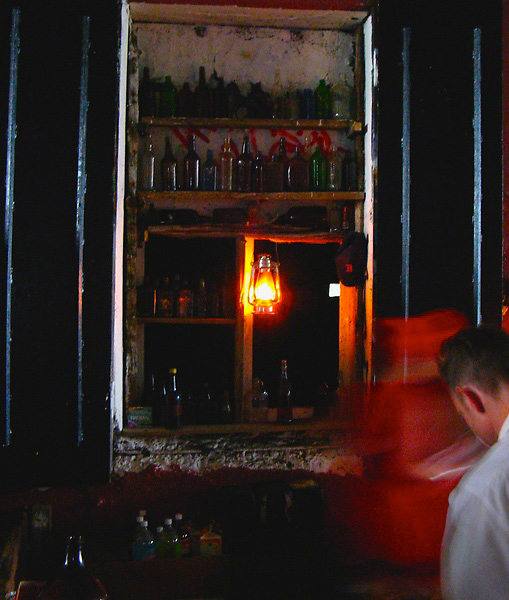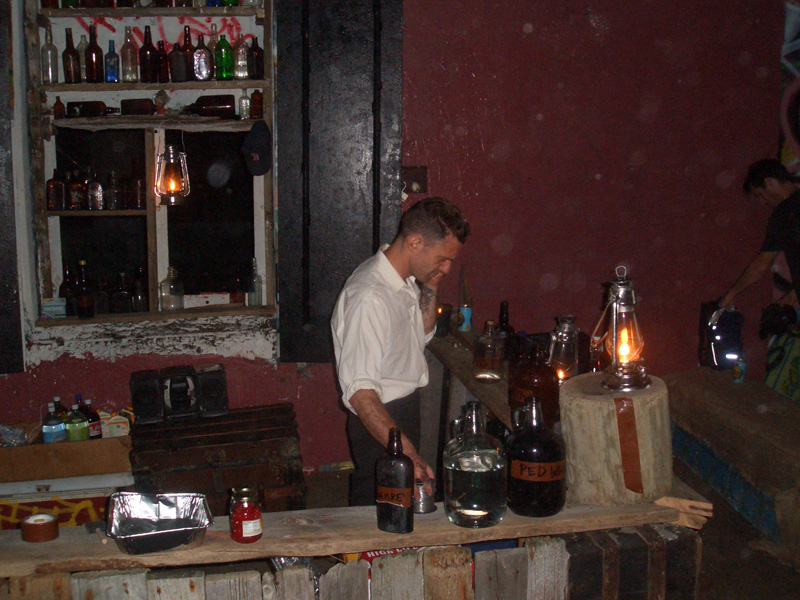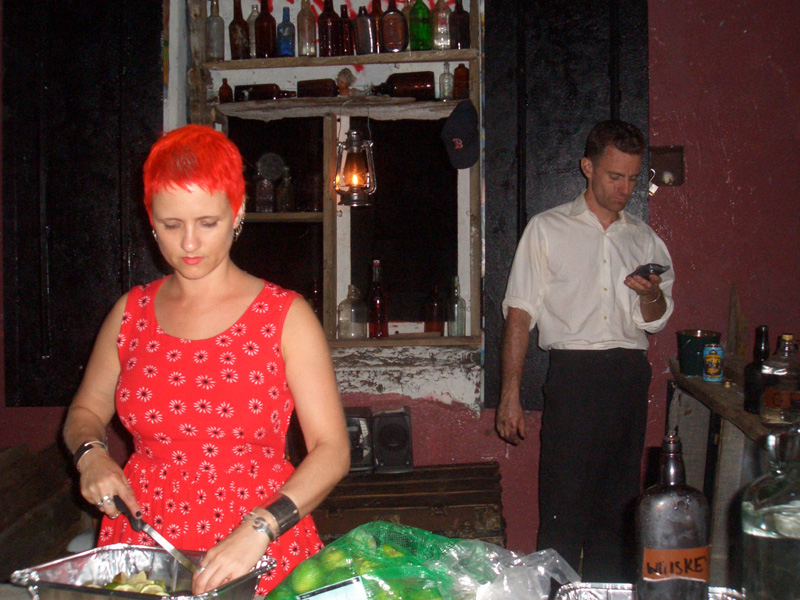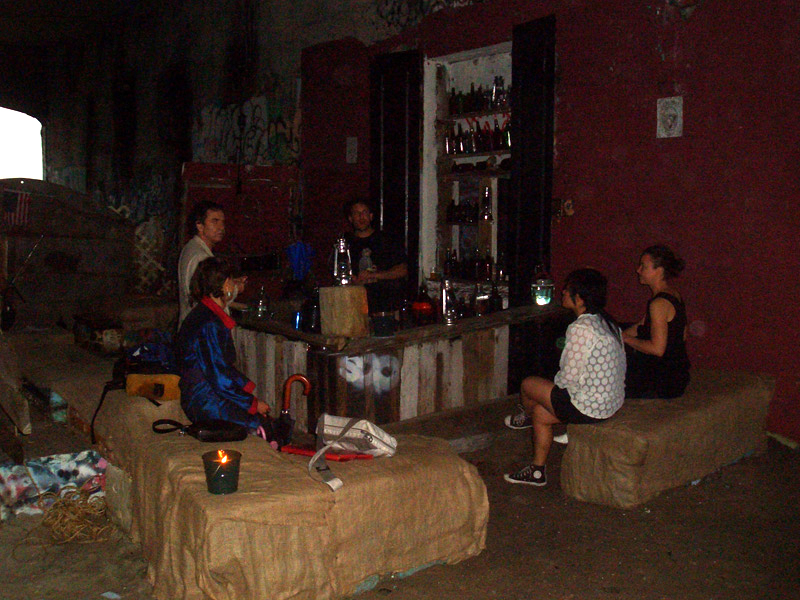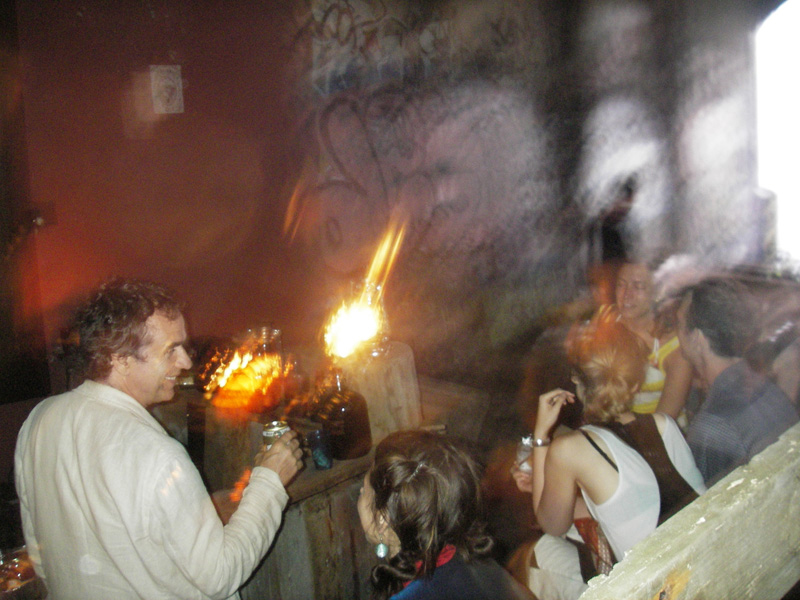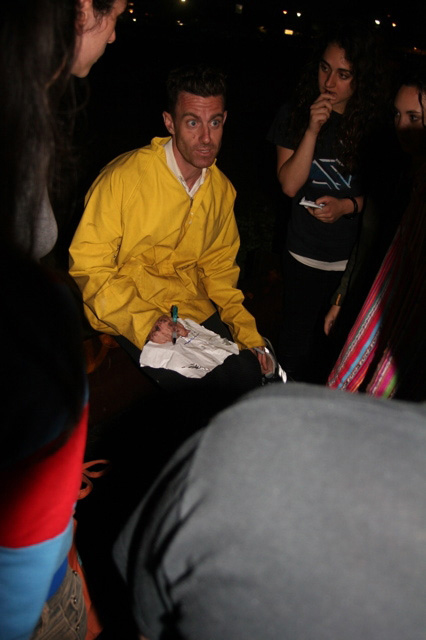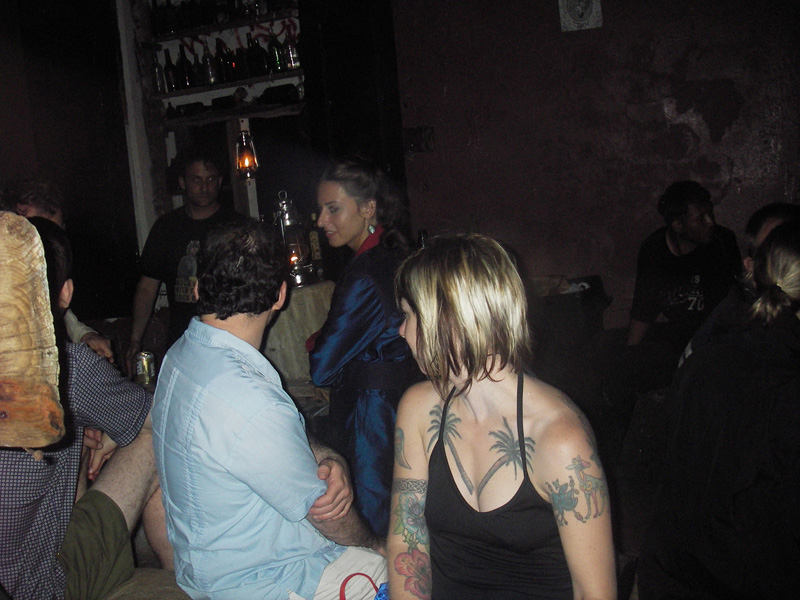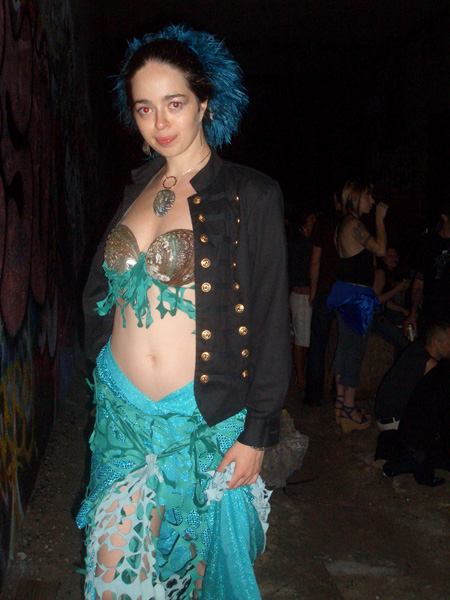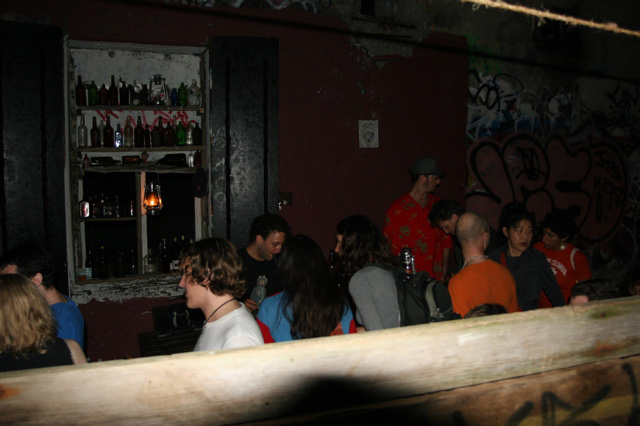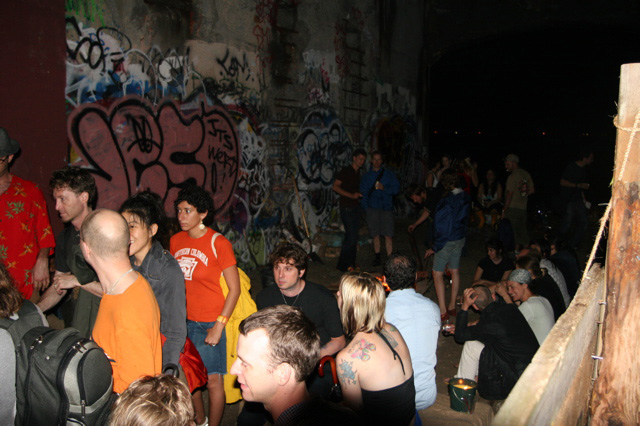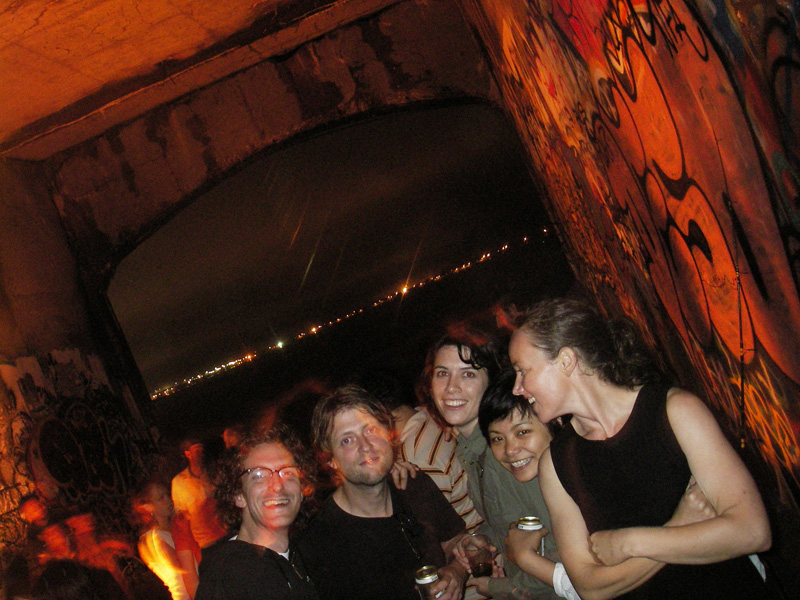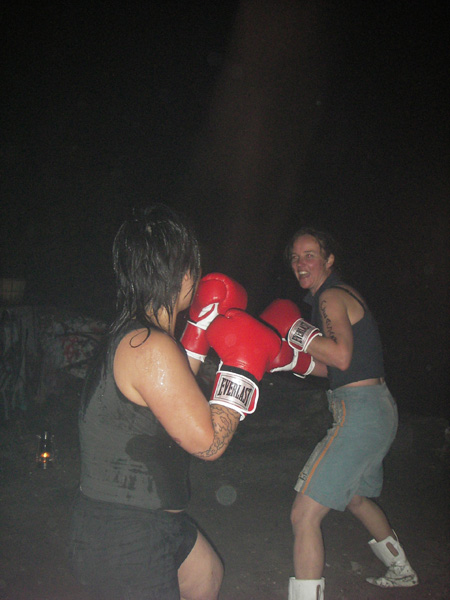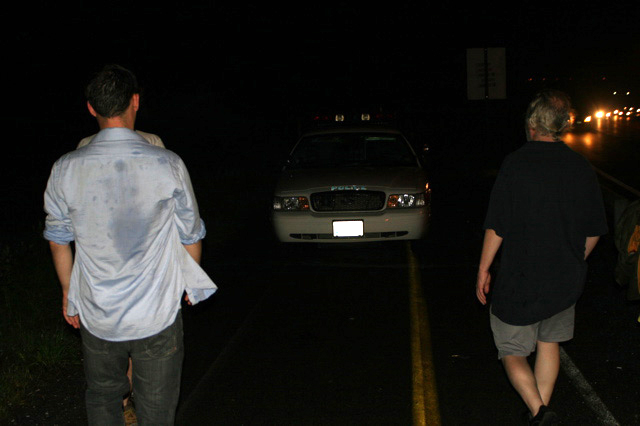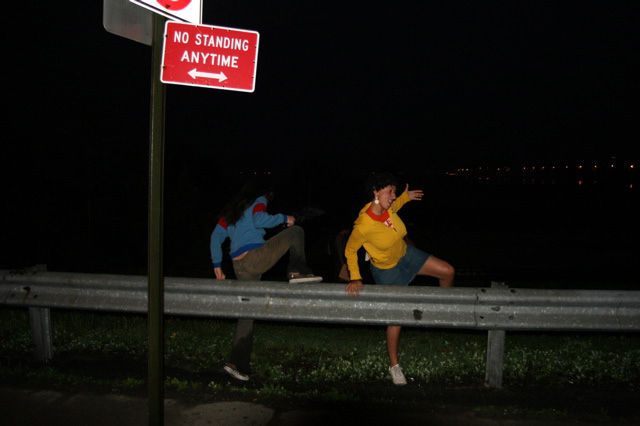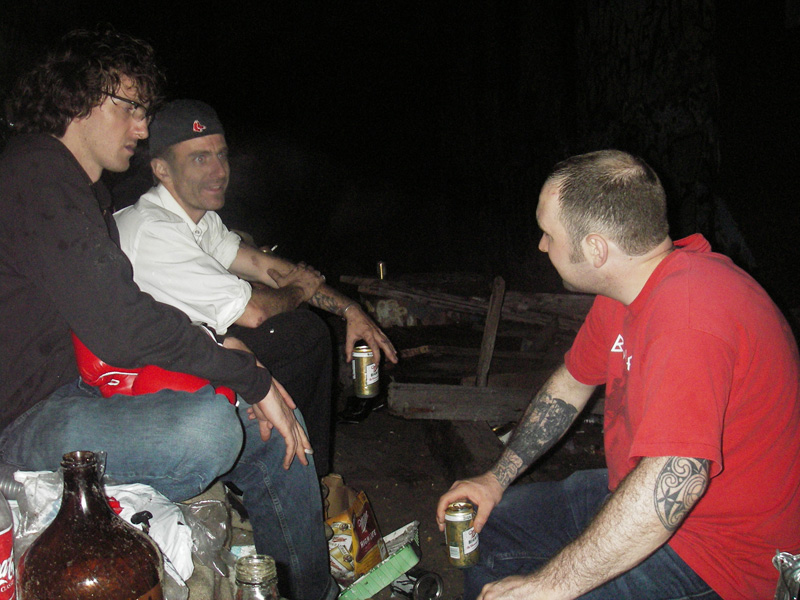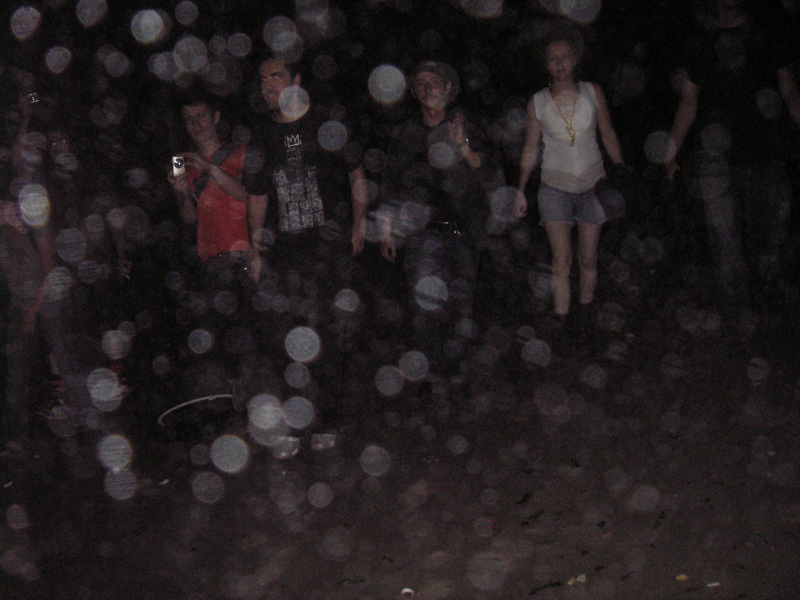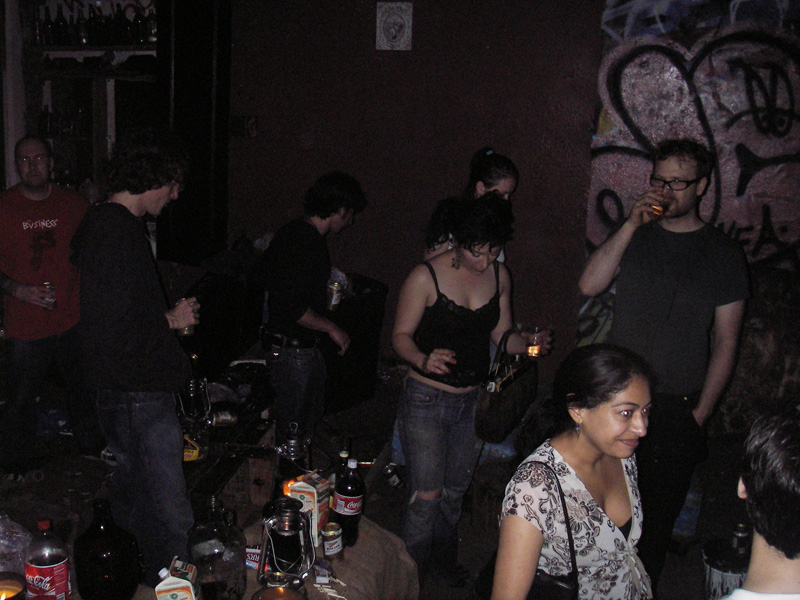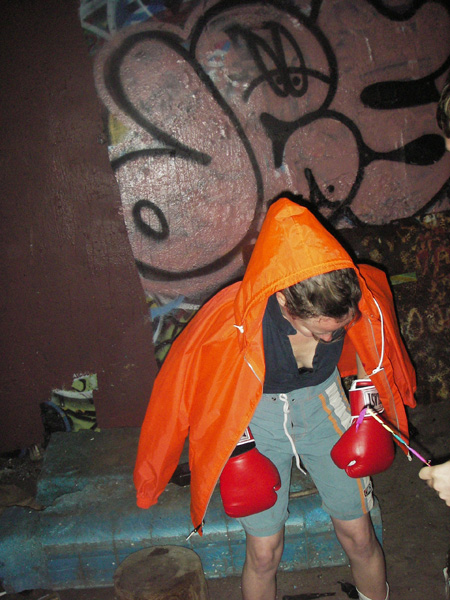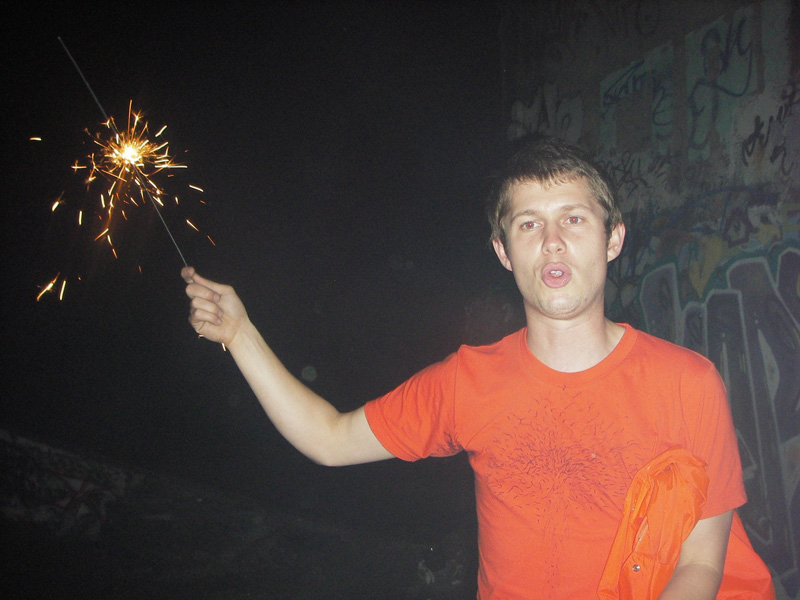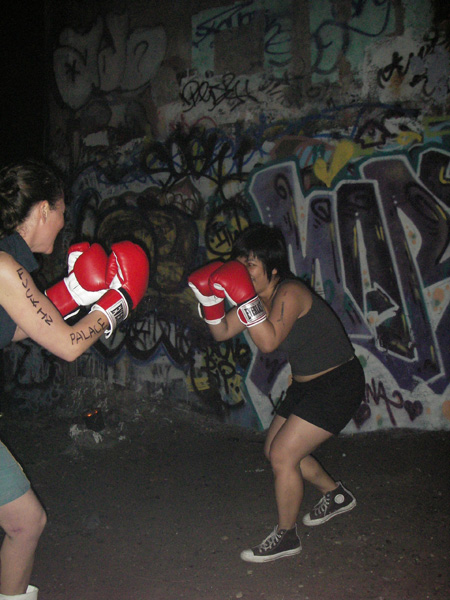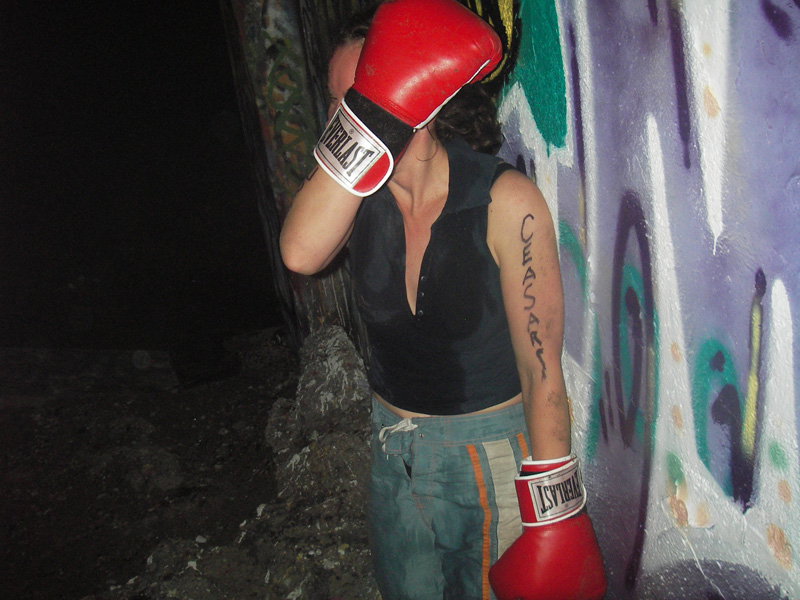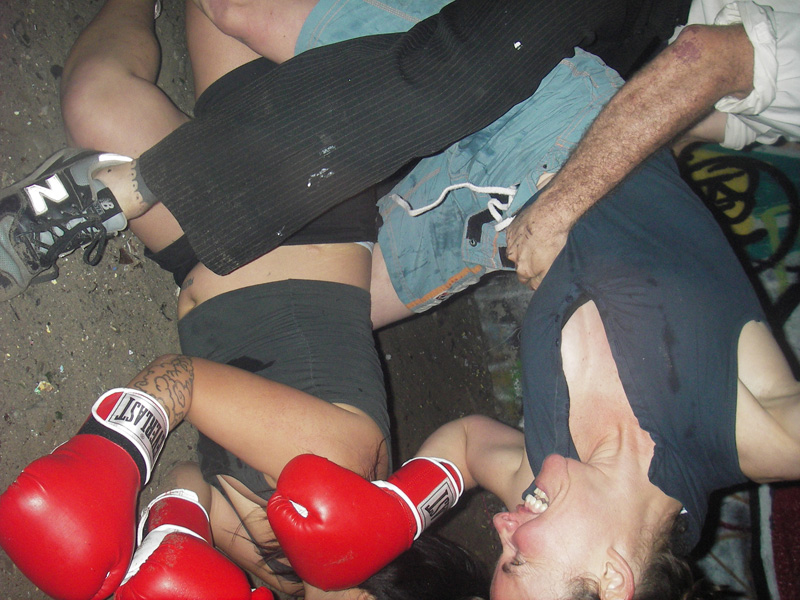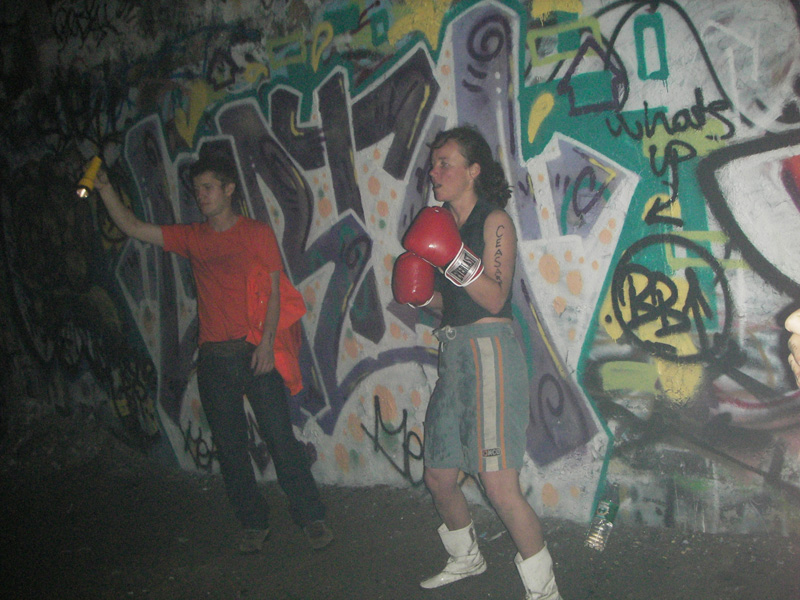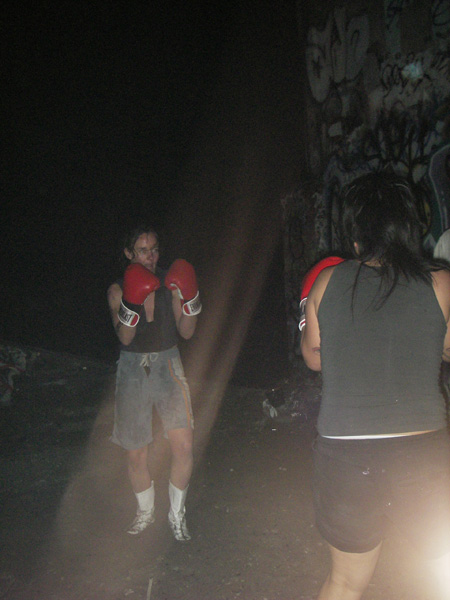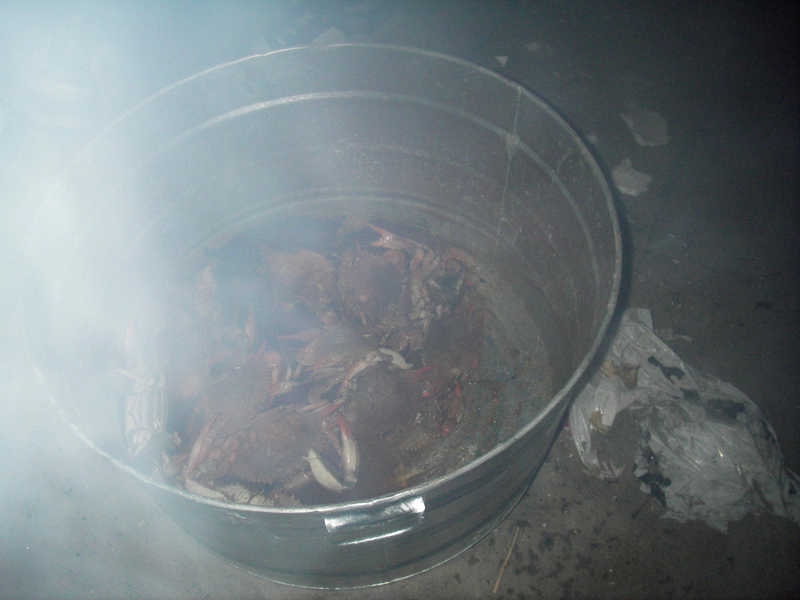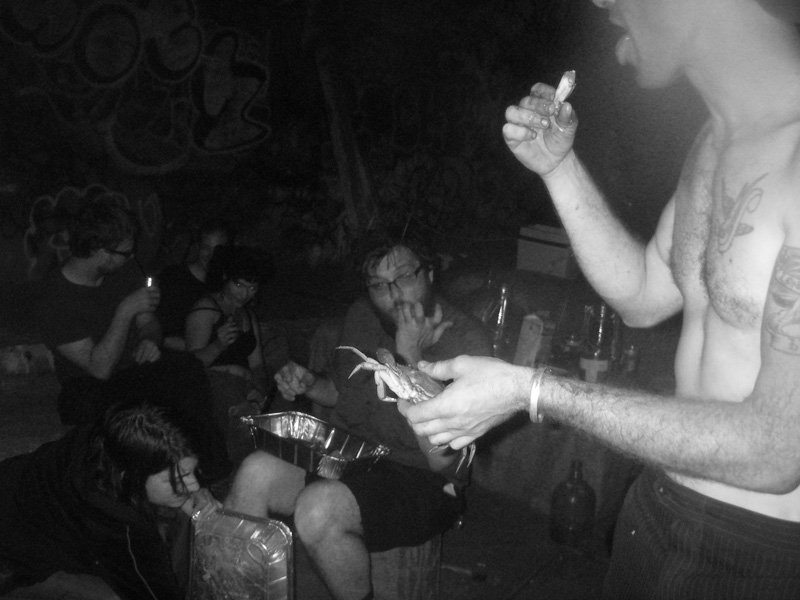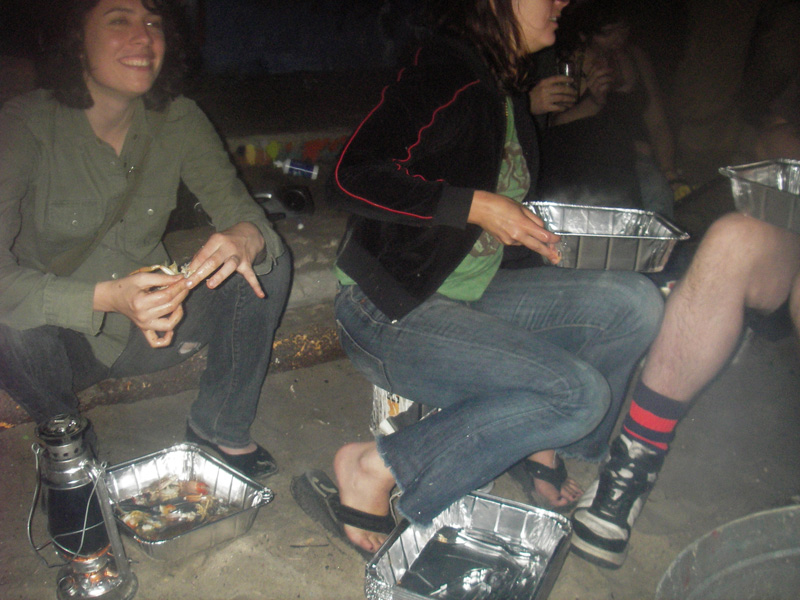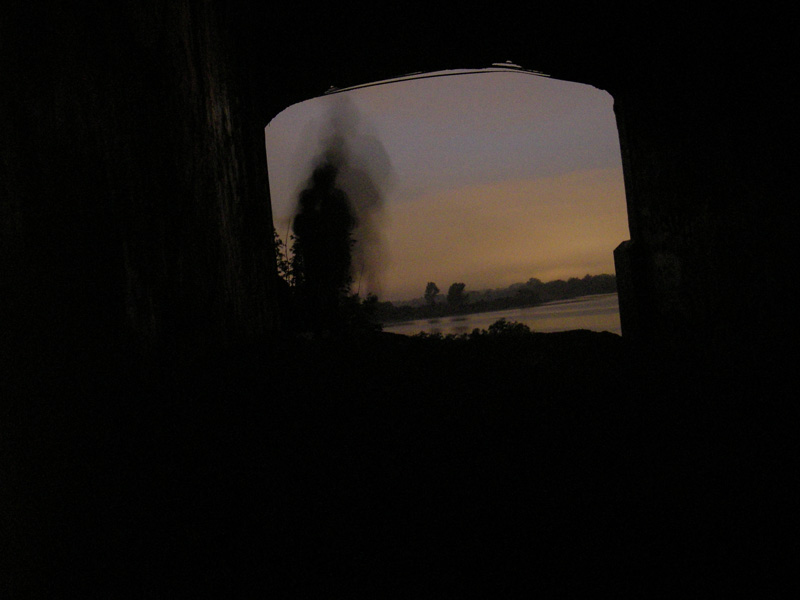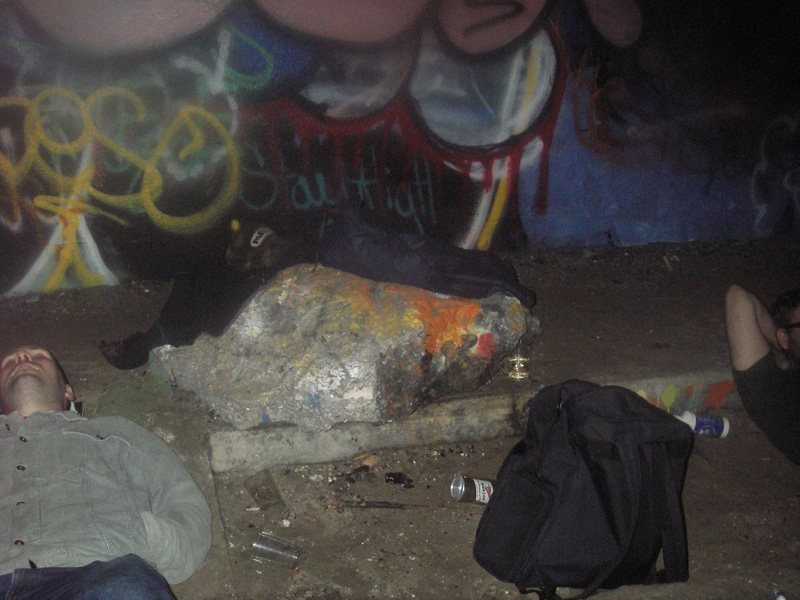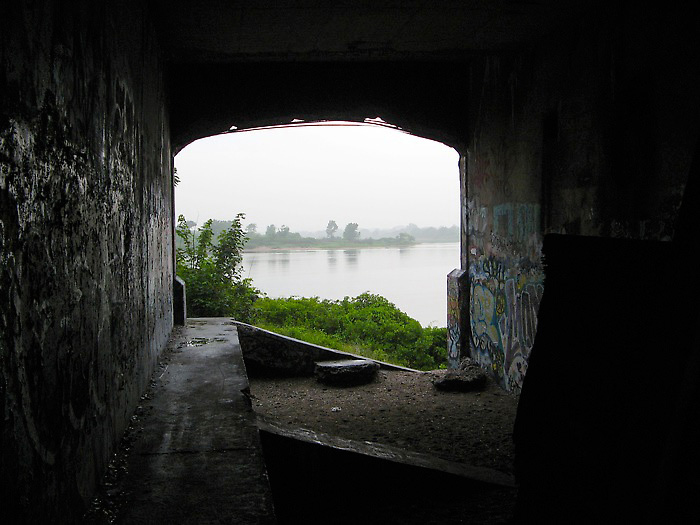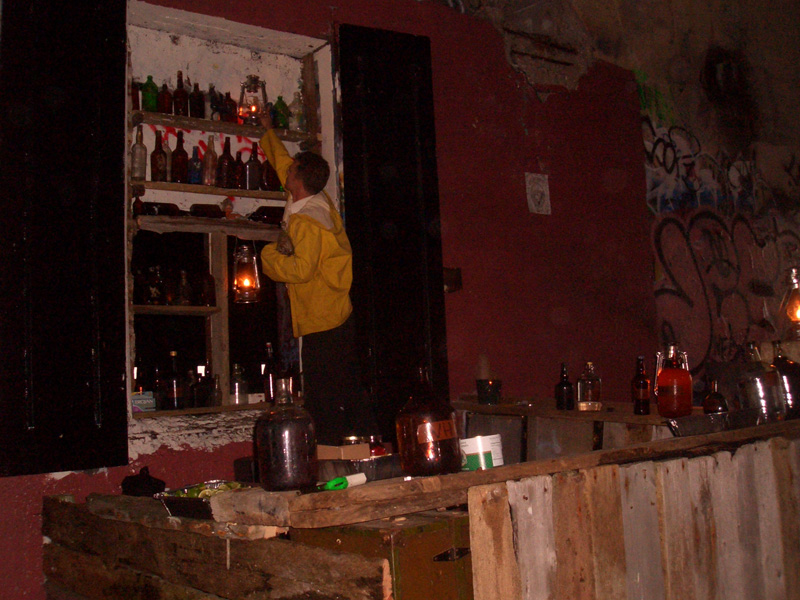The Dead Horse Inn
The Dead Horse Inn was a temporary bar installation created by Duke Riley. It existed for only one night a year providing diversion, libation, and fresh crabs for a nickel. The bar was hidden among the woods of Plumb Island, in an area known as Dead Horse Bay. It was built from the excavated ruins of the shantytown that actually occupied the island from 1891 to 1935.
The Dead Horse Inn project draws a connection between the current lay of the land and the similarly transgressive spirit of its former inhabitants. Plumb Island has always been a place where people socialize in ways otherwise prohibited in New York City. The human condition unfolds outside prescribed social boundaries, reacting and looking for free spaces, creating culture on the fringe of the city, where the land meets the water.
History of the Site
From 1891 to 1907, Plumb Island was occupied by a group of homesteaders who set up a series of shacks and tents that eventually developed into bars and inns. Because the island was outside New York City’s jurisdiction, alcohol and tobacco were tax-free. In 1907, the US army was sent by the city to break up the party and evict the homesteaders. The land was then leased to former judge Winfield Overton, who allowed the homesteaders to return shortly after his arrival. The judge quickly declared himself ruler of the island and began organizing boxing matches, which were also illegal in New York at the time. The US military was then called again to ““depose the dictator” they had unwittingly installed.
In the 1930s, Robert Moses evicted the last homesteaders, demolished all of the remaining structures, and connected the island to the mainland by a strip of highway and a bridge now known as Exit 9B on the Belt Parkway, turning it into a run-down rest stop with public bathrooms. In recent years, the island’s parking area has become a regular rendezvous for swingers, and the surrounding woods have become a cruising spot for gay men.


